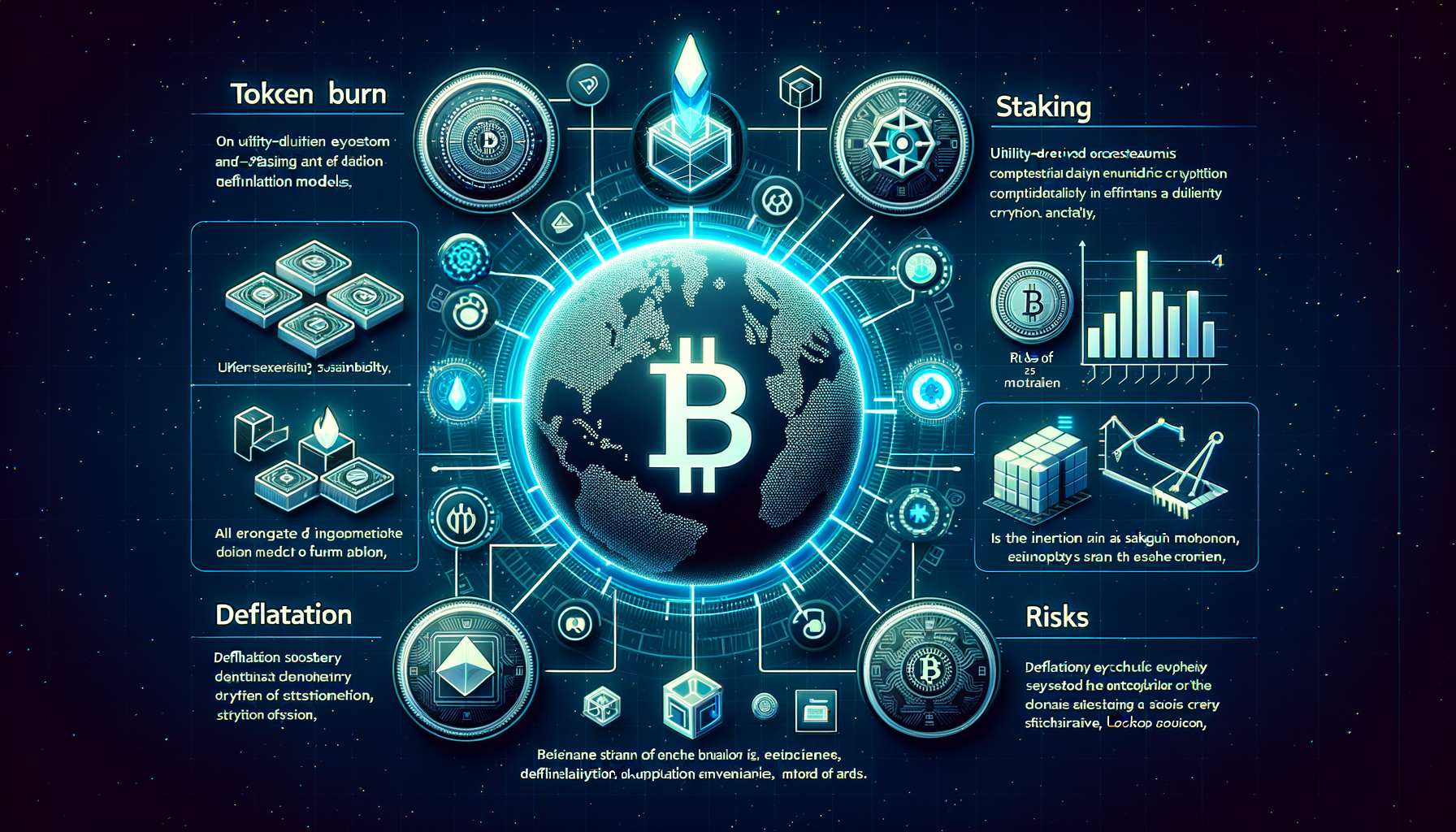Burn vs. Stake: Competing Models for Token Retention
In the ever-evolving world of cryptocurrency and token design, two models continuously ignite debate: burn modeling and staking models. Both aim to solve the same big challenge—token retention—but approach it very differently.
One encourages scarcity-driven value appreciation by reducing token supply over time (burn), while the other incentivizes holders to lock up tokens in exchange for yield or utility (stake). Understanding the pros, cons, use cases, and long-term sustainability of each can help investors, developers, and enthusiasts make more informed decisions.
This guide breaks down the intricacies of each approach, compares them head-to-head, and introduces a fresh perspective powered by LoopCoin’s unique ecosystem—which smartly integrates burn mechanics into a broader utility-focused token model.
📉 What is Token Burning?
Token burning is the process of permanently removing tokens from circulation. This is typically executed through a smart contract function that sends tokens to a verifiably unspendable address—often called a “burn address”.
The key idea behind burning tokens is straightforward: Intentional reduction in supply leads to higher potential value for the remaining tokens, assuming demand holds steady or increases.
🔁 The Power of Burn Models for Token Retention
- ✅ Offers automatic scarcity: Helps create a deflationary supply structure over time.
- ✅ Encourages holding: With fewer tokens over time, perceived value per token can rise.
- ✅ No active participation required: Holders benefit passively as supply diminishes.
Example: LoopCoin ($LPC)
LoopCoin amplifies this burn model via its innovative tokenomics loop. Here’s how it works:
- 0.05% of every transaction is funneled into a community treasury.
- The treasury conducts weekly $LPC buybacks.
- The bought-back tokens are then burned—permanently reducing supply.
This model not only reduces circulating tokens but also leverages real-time trading dynamics to reinvest on behalf of the ecosystem. With a maximum supply ultimately shrinking from 1 billion to just 25 million (matching Bitcoin's fixed count), scarcity is mathematically hardcoded into LoopCoin.
🌀 That’s the Loop. That’s LoopCoin.
🔒 What is Staking?
Staking is the act of locking your tokens into a smart contract or protocol to earn returns or participate in network operations (e.g., validation, governance, or liquidity provision). The premise: You're rewarded for taking your tokens off the open market and contributing to network utility or stability.
💡 The Strengths of Staking Models
- ✅ Earn passive income: Users receive tokens as rewards for staking participation.
- ✅ Network support: In proof-of-stake (PoS) systems, staking is needed for consensus and security.
- ✅ Governance rights: In many protocols, staking gives holders voting power.
But There’s a Catch...
- ⚠️ Inflation risk: To reward stakers, many projects mint new tokens, increasing total supply and possibly pushing price down.
- ⚠️ Stake-unlock durations: Locked tokens often come with a cooldown period before access is regained—a potential liquidity trap.
- ⚠️ Requires active management: Picking validators, managing slashing risks, and adjusting strategies can be demanding for users.
While staking works well in consensus-driven blockchains like Ethereum or Solana, it’s not always ideal for token ecosystems designed more around community use, treasury funding, or platform access.
🔍 Burn vs. Stake: A Comparison Table
| Feature | Burn Models | Staking Models |
|---|---|---|
| Token Supply | Decreases Over Time | Often Increases (via minting) |
| Holder Incentives | Scarcity & Value Appreciation | Yield via Token Rewards |
| Complexity | Low (Passive Model) | High (Requires Setup & Monitoring) |
| Utility Impact | Encourages Usage via Limited Supply | Encourages Locking vs. Platform Interaction |
| Risk Profile | Lower (No Unlock Constraints) | Higher (Lock/Unstake Penalties) |
🧠 Which Model is More Sustainable?
The answer ultimately depends on the use case:
- Staking is generally better suited for L1 blockchains and DeFi protocols where active participation supports the system (e.g., validator services, liquidity mining).
- Burn models are highly effective in tokenized ecosystems that prioritize long-term supply mechanics, transactional utility, and passive appreciation logic.
Projects like LoopCoin combine both simplicity and elegance by embedding burn logic directly into each transaction. Plus, since $LPC operates within its own ecosystem—including MemecoinAlerts—users gain real-world benefits just by holding the token.
This means you’re not just burning for the sake of burning—you’re participating in a vibrant media and SaaS community where the token powers access, insights, and experience.
🔄 Conclusion: A Unified, Value-First Approach
Whether you prefer burn or stake comes down to how you perceive sustainability and value generation. Burn models like LoopCoin’s create passive, scarcity-driven incentives without diluting stakeholders. Staking, on the other hand, can deliver APY but may come with trade-offs like inflation and lock-in limitations.
If your goal is to passively capture value over time while supporting an ecosystem that reinvests into itself—LoopCoin ($LPC) might be the model to consider. With its simple reinvestment loop and fixed, diminishing supply, LoopCoin positions itself as a utility-focused, burn-powered alternative in a field dominated by inflationary staking schemes.
Still on the fence?
- View LoopCoin on DexScreener
- Join the discussion in the LoopCoin Telegram Community
- Follow updates via LoopCoin on X (Twitter)
🚀 Trade, Earn, Burn—that's the Loop.
This content is provided for general informational and educational purposes only. It does not constitute financial, investment, legal, or tax advice, and should not be interpreted as a recommendation to buy, sell, or hold any digital asset, including LoopCoin ($LPC).
LoopCoin is a utility token intended to be used within its ecosystem to access services and platforms. It is not a security, and we make no claims, promises, or guarantees regarding its future value, performance, or appreciation.
All token-related mechanisms such as burning, treasury allocations, or buybacks are programmatic features of the LoopCoin ecosystem, designed to enhance utility—not promises of profit.
You are solely responsible for your interactions with digital assets. Please consult with a qualified professional before making any decisions involving cryptocurrency. Use of this website and its content is subject to our Terms of Use and Privacy Policy.


